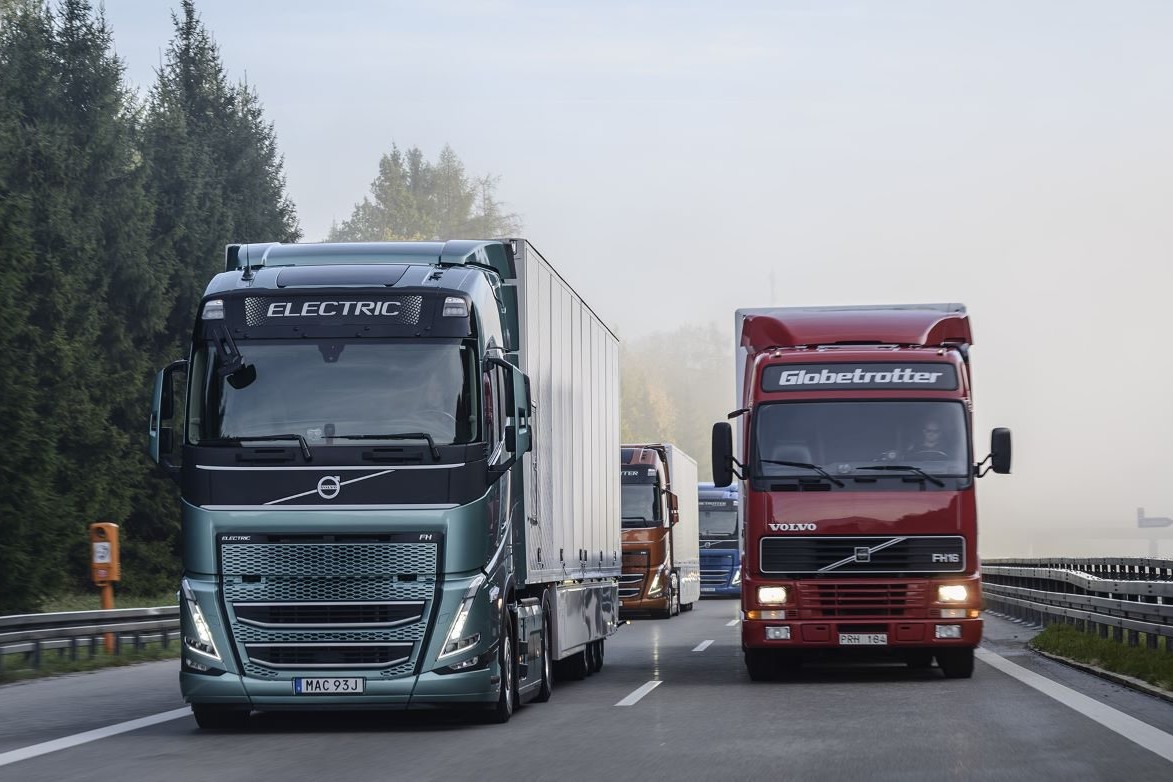 The Bay of Connections Freight Logistics Action Group (FLAG) has welcomed a government and industry initiative to help attract and train new truck drivers.
The Bay of Connections Freight Logistics Action Group (FLAG) has welcomed a government and industry initiative to help attract and train new truck drivers.
FLAG says 32% of the nation‘s freight travels on roads in the Bay of Plenty and Waikato and they hope the government-led Sector Workforce Engagement Programme (SWEP) will help attract 1000 more drivers into the industry nationwide.
FLAG chairman John Galbraith says many businesses are struggling to find skilled drivers as the existing workforce ages.
“The problem won‘t go away and it‘s something we must address quickly as an industry,” he says.
GBC Winstone national transport sales manager Jon Reid says the biggest issue faced when recruiting is the shortage of skilled and capable drivers.
“The hours required and the wages on offer also means there are difficulties attracting young people to an industry that is not looked upon favourably as a career path,” he says.
SWEP director of Career Pathways Steve Divers says since 2013 the industry has lost 3000 drivers and needs 1000 more on top of those being trained each year to replace drivers who have been lost.
“We currently train 1800 drivers a year but students need to know there is a career path and what that path looks like,” Divers says.
Toi Ohomai Institute of Technology (formerly BOP Polytechnic) offers a Certificate in Road Transport Level 3, and its Logistics Training Centre has trained more than 600 drivers since 2002.
Dean Colville, group leader of the training centre, says the biggest barrier is the current driver licensing laws – students are 18-and-half by the time they get their full car licence and then have to wait a further six months before they do the course and can get their class 2 licence.
Divers agrees this is a problem, with less than 9% of those aged 20 to 34 passing their full class licence in 2016.
“We need to produce more class 2 licences and we also need the freight and truck industry to support those drivers in further training so they can obtain their class 4 and 5 licences.”
Read more
30 years of innovation
0 Comments13 Minutes
Against the tide
0 Comments5 Minutes
To the shredder!
0 Comments2 Minutes





